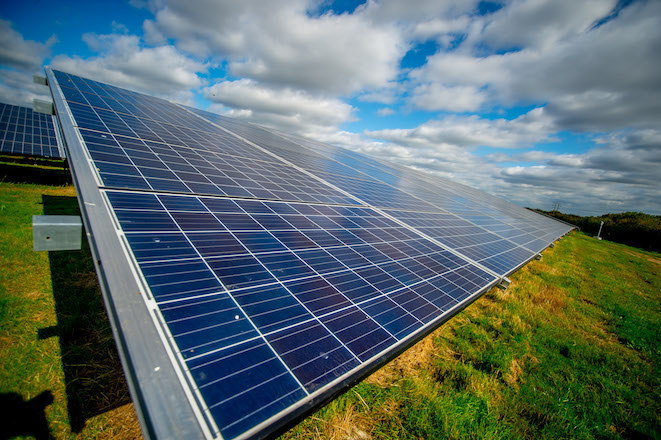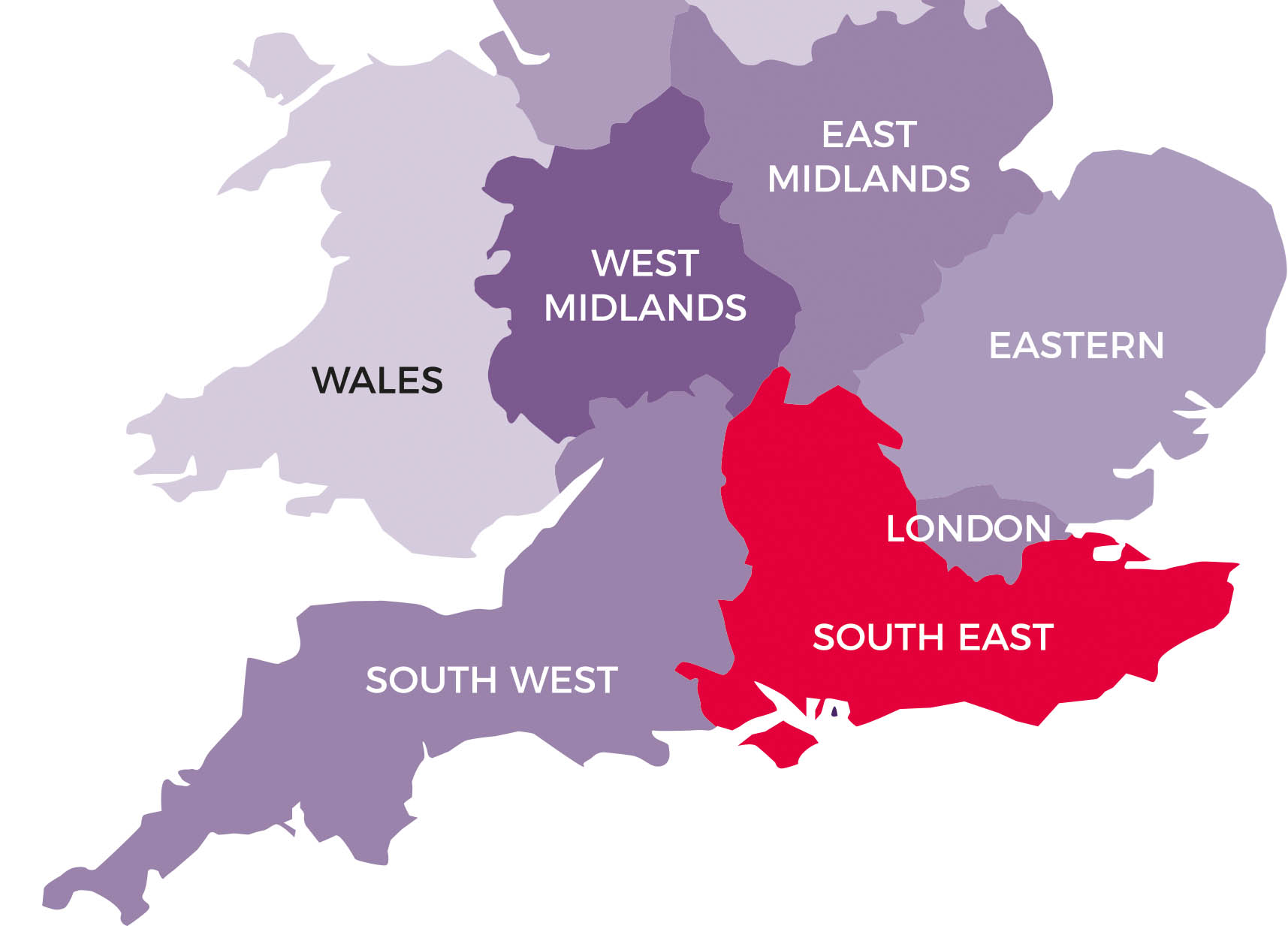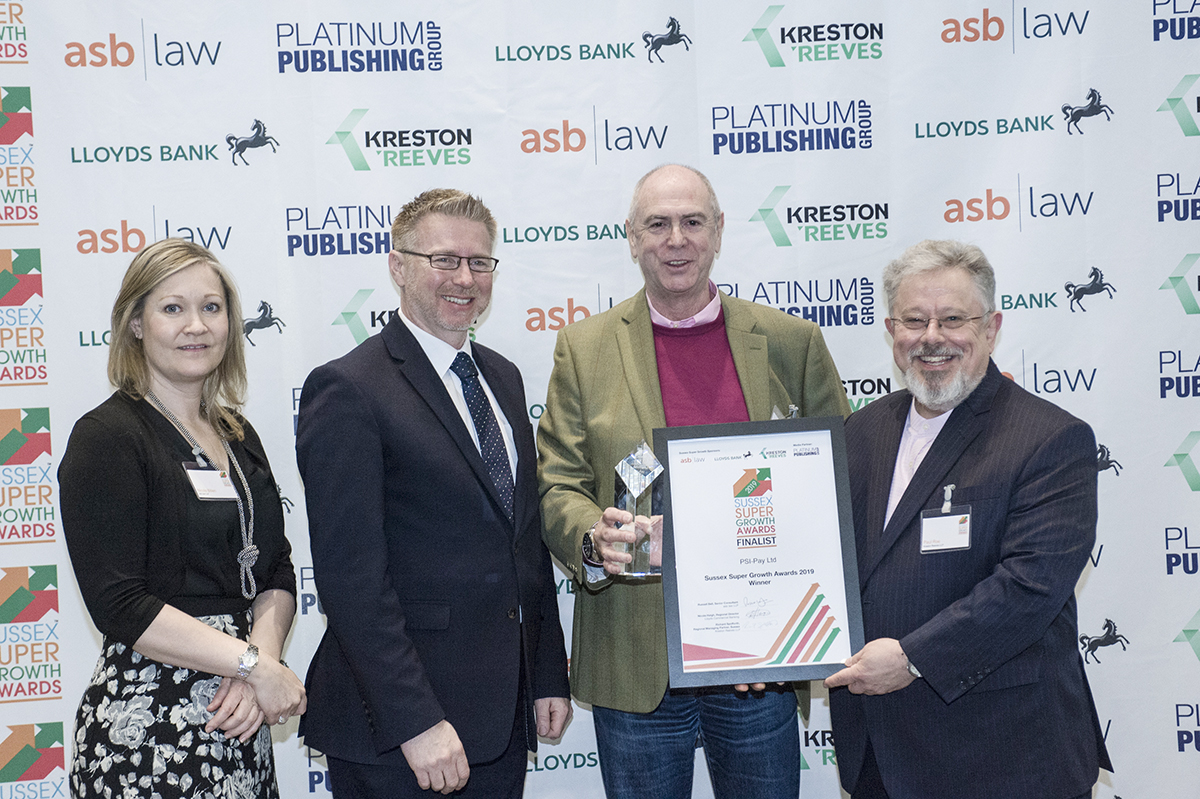
The energy system that has served us for more than 120 years is in the midst of great change, driven by the emergence of new technologies and a growing social consensus around climate change and sustainability. There is a global trend away from high-carbon economies and towards a low-carbon alternative which presents a significant opportunity and an enormous challenge for both the public and private sector.
Coast to Capital, Enterprise M3 and South East Local Enterprise Partnership (SELEP), in partnership with Siemens, have agreed an ambitious energy strategy designed to cut carbon emissions and promote clean growth across the South East. The South2East Local Energy Strategy, which will help meet statutory climate change targets for 2032 and 2050, sets a shared vision for the region to become a leader for sustainable energy production within the UK, powering innovative, decarbonised and clean economic growth.
The agreed strategy lists five priority themes for action:
- Low carbon heating
- Renewable energy generation
- Energy saving and efficiency
- Smart energy systems
- Transport
The strategy was launched in March at The Crystal in London, a unique building home to the world's largest exhibition on the future of cities, as well as one of the world's most sustainable buildings. Attendees at the launch event heard how the strategy aims to deliver impact in the short and medium term, and prepare the foundation for meeting long-term targets through:
- Securing investment in the region toward an estimated £14.755 billion of commercially and technically viable projects which deliver healthy returns to stakeholders.
- Delivering a reduction in emissions across the electricity, heat and transport sectors of 13,615 kT CO2e, which is the equivalent of removing all five million cars in the South East from the road.
- Transitioning 47,455 GWh from polluting, high-carbon generation to clean energy sources, the equivalent of providing all 3.4 million homes in the tri-LEP region with a low-carbon supply of both electricity and heating.
- Creating or securing 75,652 jobs across the area.
Within the five priority themes, 18 key project models have been identified which can be rolled-out and scaled-up across the region and that will attract investment and achieve significant carbon emission savings. These include: supporting the development of district heat networks; connecting off-grid homes to gas supplies; hydrogen injection into the natural gas grid to lower the carbon content of gas; encouraging offshore wind development; developing solar arrays on council-owned landfill sites; and supporting the development of a biomass supply chain to use the South East’s natural resources.
Further project models include supporting the scaling up of the ultra-low emissions vehicle charging infrastructure across the South East; supporting the roll out of the use of compressed natural gas for HGV fleets; build housing developments fuelled by hydrogen for heating and cooking; and supporting the development of carbon capture, usage and storage.
The area’s natural strengths such as its high levels of solar irradiation and wood biomass fuel assets means it is well placed to play a leading role in the energy transition. However, the area still faces a number of challenges that are holding back progress such as the high degree of constraint in the electricity grid which throttles back growth and decarbonisation efforts.
The region has a leading role to play in this national agenda and there is excellent work already taking place across the South East. Success hinges on developing a coordinated approach to the way policy, technology and capital spending is deployed so that resources are used effectively and businesses are supported to exploit new opportunities from around the world. This new strategy seeks to ensure the South East does exactly that and all partners involved in the development of this strategy are committed to working together to achieve this ambition.
Case Study: Westhampnett solar farm
West Sussex County Council, within the Coast to Capital area, has been leading the way among local authorities in delivering of local energy projects. The 26,000 solar panels at Westhampnett began generating clean electricity in October 2018. The 7.4MW solar farm has been built with large on-site batteries, which means that surplus electricity can be stored and fed into the grid when the site is not generating. This helps to make maximum use of the green energy and means that this solar farm is the first in public ownership to be built without the need for government subsidy (feed-in-tariffs).
Westhampnett solar farm generates enough green electricity to power 2,400 households. Being built on a closed landfill site, it also makes use of land that is currently unsuitable for public access or development because of methane gas. Like Tangmere solar farm, some of the electricity generated at Westhampnett is used to power West Sussex County Council buildings.
Find out more at www.coast2capital.org.uk





